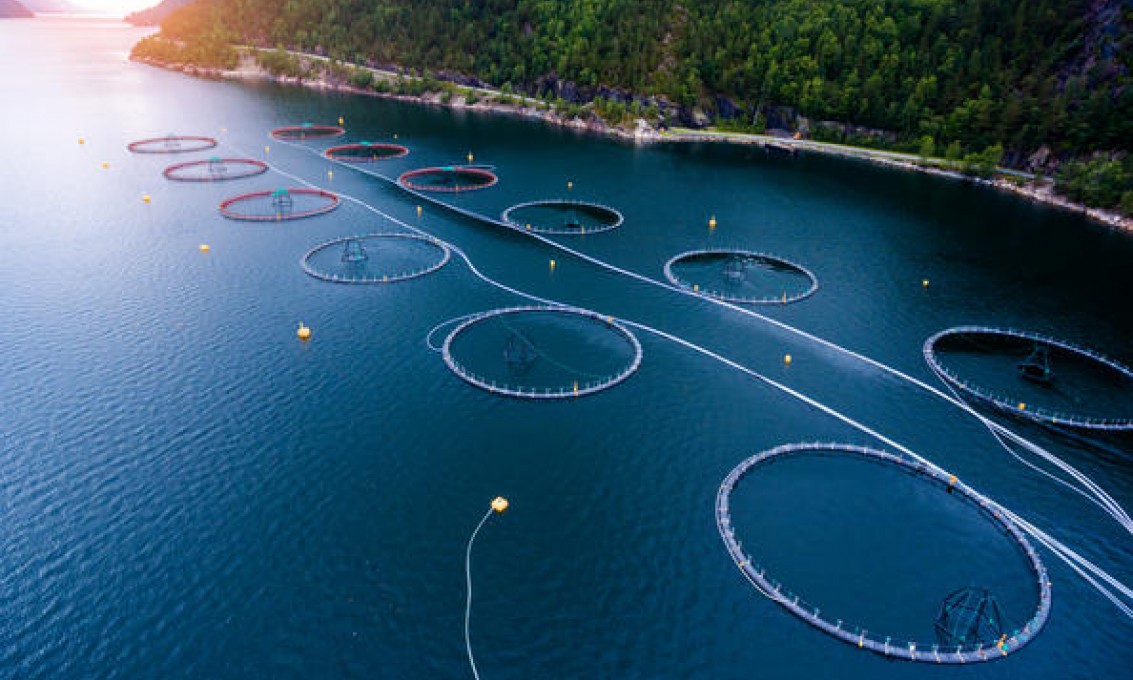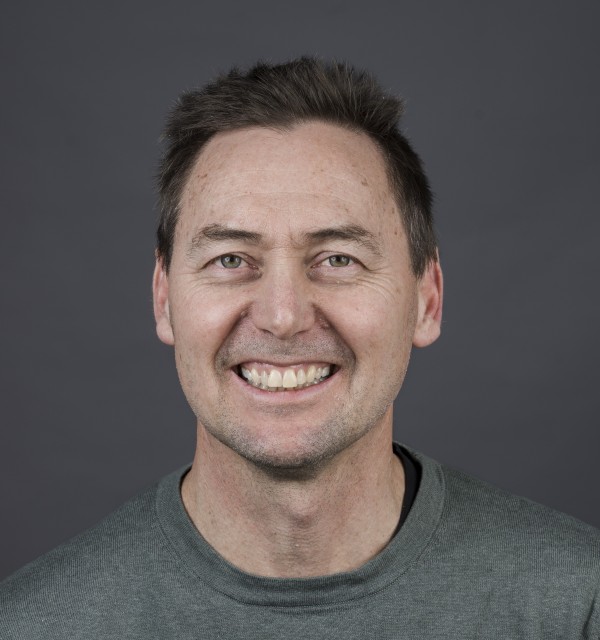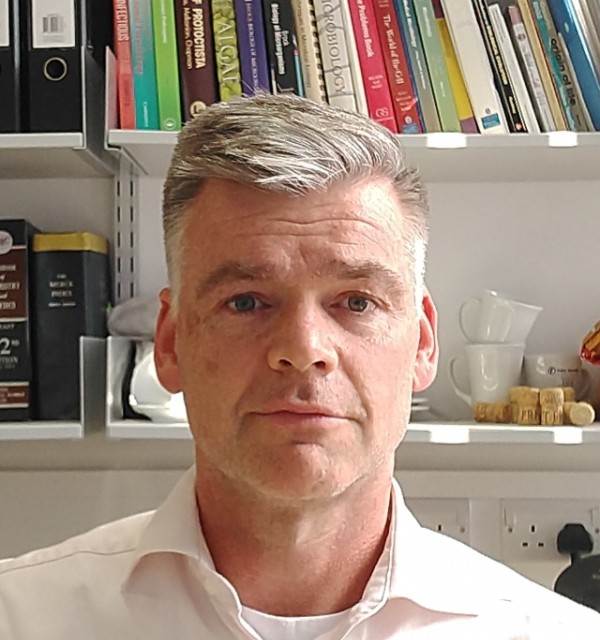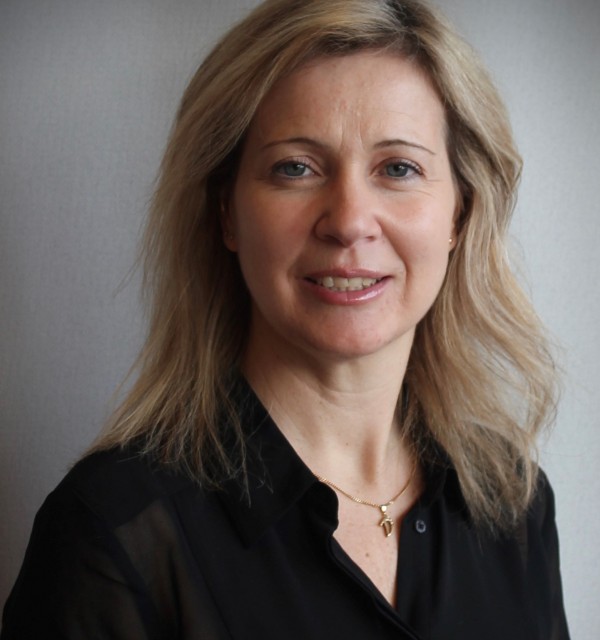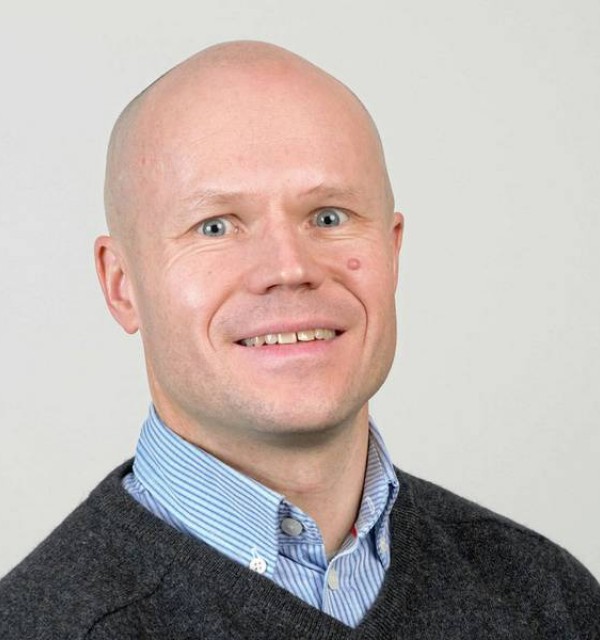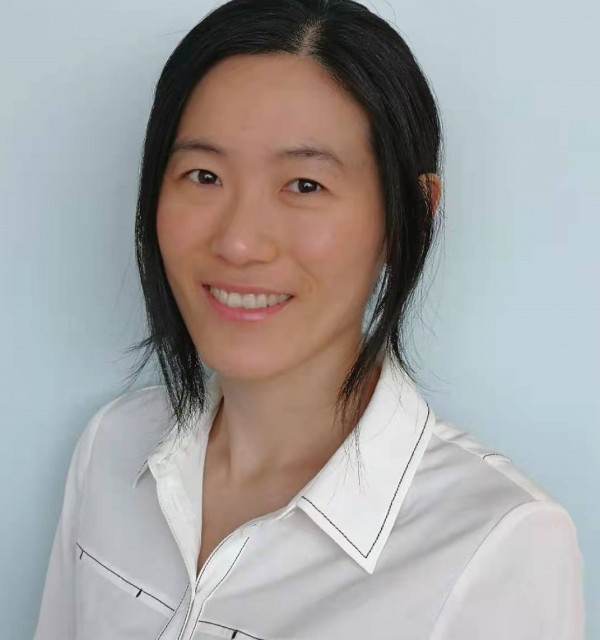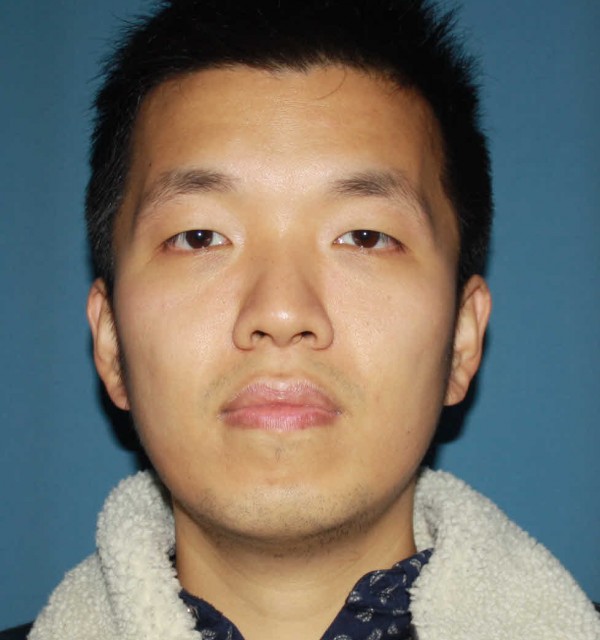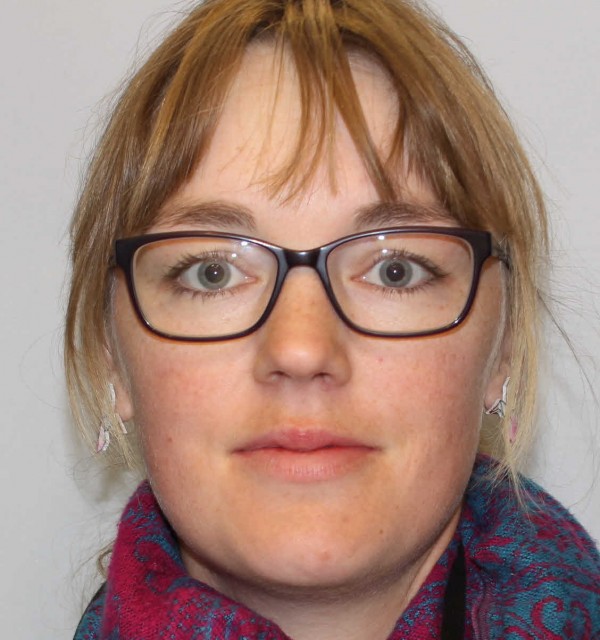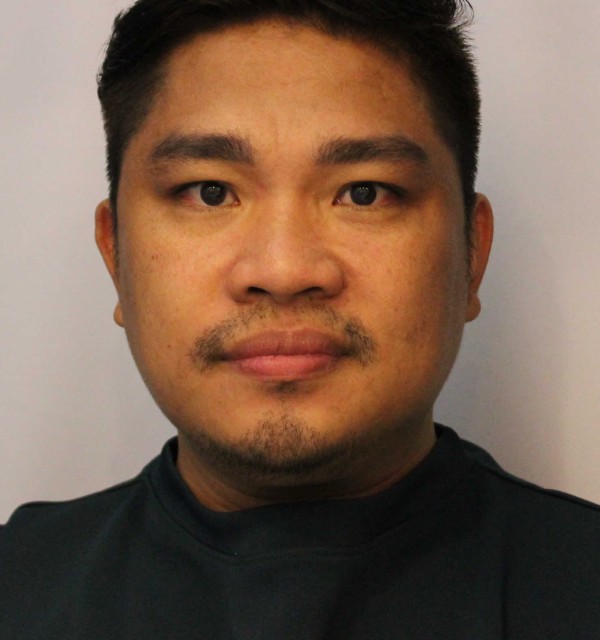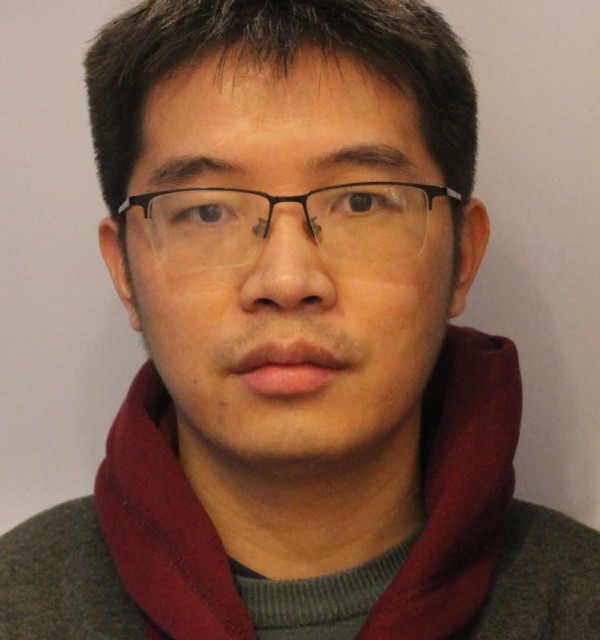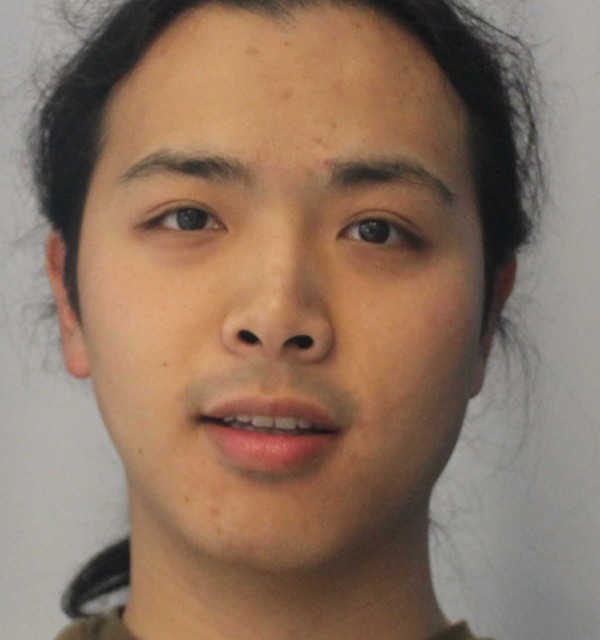UiS researches offshore fish farms and methods to prevent water contamination.
9
4
10
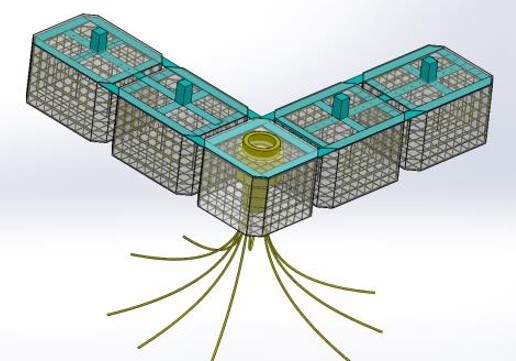
Large-Scale Offshore Fish Farms
The population growth and dietary preference lead to a growing demand for seafood; thus, aquaculture in seawater has become an efficient farming technique. Most aquaculture industry using open cages and flexible floating collars are typically limited to sheltered coastal locations.
Due to the lack of suitable sheltered locations, parasite infections, oxygen deficits and waste pollution in coastal areas, the development of novel fish farming concepts in more exposed locations is imperative. This development has recently been accelerated by the announcement of development licenses in Norway that can be awarded for full scale testing of new concepts to overcome the current challenges faced by the fish farming industry.
Experiences from the offshore oil and gas industry over the past decades provide solid foundations to design new offshore fish cages. In addition to designing a robust structure to withstand the harsh environment, the welfare of fishes need to be ensured by implementing new design considerations.
Moreover, the structure-net-fish interactions need to be taken into account when evaluating the behavior of the fish farm. To overcome the aforementioned challenges and to improve the design of offshore fish farms, accurate dynamic response and structural analysis are essential.
In addition, the water particle velocities acting on the downstream net elements are reduced compared to the incoming flow velocities due to the wake influences from the upstream net elements. This velocity reduction effect increases significantly with biofouling on the nets.
The research work at UiS (lead by Lin Li, Muk Chen Ong) focuses on the development of fish farm structures for exposed offshore locations. Detailed numerical studies including global response and hydrodynamic analysis, local structural and fatigue analysis are performed on the coupled system, including the support structure, the net cage and the mooring system.
Advanced numerical models based on computational fluid dynamics (CFD) is developed to solve the fluid structure interactions more accurately. Furthermore, scaled model tests of the proposed fish farm structure will be performed in the towing tank at Harbin Engineering University, China to validate the numerical models.
The feasibility of the proposed design will be studied in the model scale via experiments and in the full scale with the validated numerical models. The numerical and experimental study will also provide recommendations for the development of design standards for open sea fish farms. Currently, UiS researchers also provide technical assistance to Norwegian aquaculture companies in development license applications.

Contaminant and Sea Lice Transport
One of the key needs of the aquaculture and fisheries sectors is the implementation of effective analyses and management methods to ensure the sustainability, economic viability, minimization of negative impacts on the environment, and risks to human health.
Food waste and sea lice infection are two important issues we need to consider when large-scale fish farming is being promoted. It is vital to perform ocean modelling to obtain the flow condition at the targeted farming site in order to ensure that there will not be high concentrated pollution of food waste and sea lice infections.
Numerical simulations of ocean modelling with contaminant transport (food waste and sea lice infections taken as the contaminant sources) will be performed. This study will provide useful engineering assessment regarding the potential of pollution threat to the fish farm owner and designers before they decide the location of farming site.
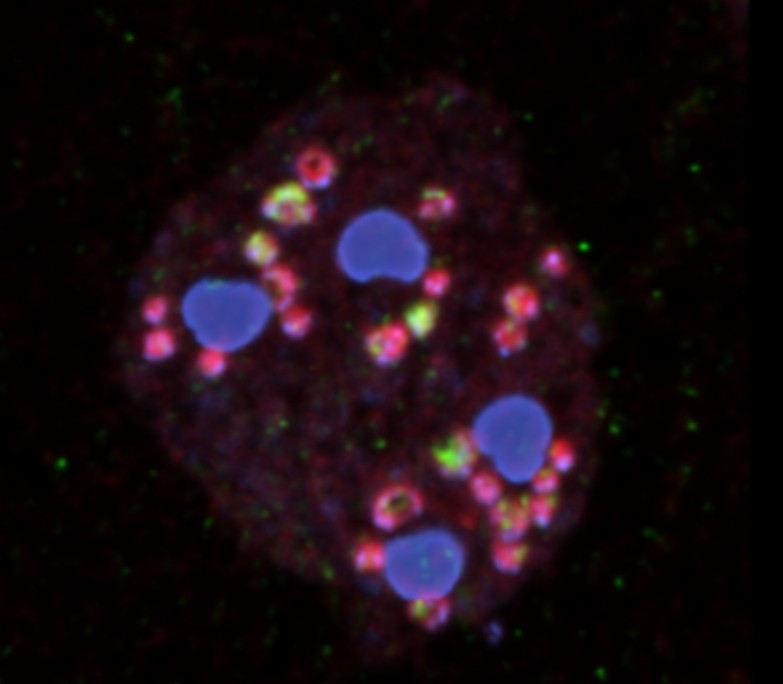
Mitochondrial glycolysis as a target for disease control of pathogenic stramenopiles
University of Stavanger together with a team of experts from University of Kent, University of Cambridge and University of Aberdeen aim to investigate an unusual biochemical feature in a group of important pathogens including the salmonid parasite Saprolegnia parasitica.
Project leader is Mark var der Giezen from the Department of Chemistry, Bioscience and Environment Engineering at UiS. This project is funded by the Research Council of Norway and ends in 2024.

Responsible innovation in the Norwegian salmon farming industry: Grand Societal Challenges, Dilemmas and Improvements
The Norwegian salmon farming companies are influential in the increasingly global salmon farming industry. The project studies dilemmas that arise between economic, environmental and social concerns in the salmon farming industry in Norway, Canada, Australia and Chile through mapping the global networks of leading Norwegian salmon farming firms.
Research partners in the project are University of Stavanger (with Professor Ragnar Tveterås and ass.prof. Marte CW Solheim) and Pontificia Universidad Catolica de Chile. In addition to a strong team of researchers, two PhD students and two postdoc students will be joining the team. The project is well-embedded among central partners in the salmon farming industry in Norway, and industry partners, together with other stakeholders from e.g. government, NGOs and regulatory bodies, play important roles in co-creating novel knowledge applicable for theoretical, empirical and practical purposes.
The project is financed by NFR and lead by Arnt Fløysand from Høgskulen på Vestlandet. Project period: 2019-2024.
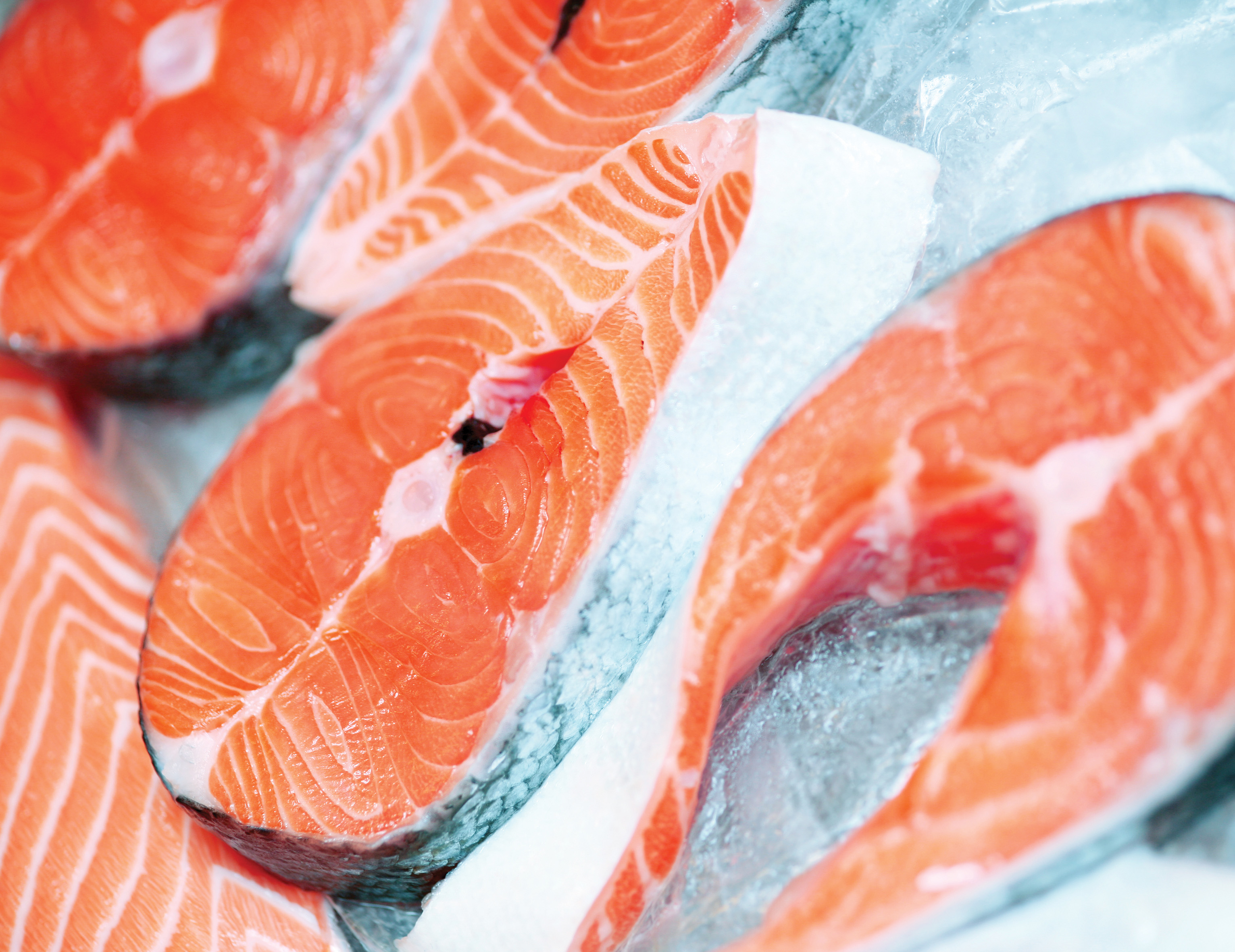
Qualidiff – Quality-based differentiation of salmon
Qualidiff is a visionary research project with the anticipated impact to enhance the long-term competitiveness and resilience of the Norwegian salmon farming industry through quality-based differentiation strategies.
The project's aim is to provide novel theoretical insights and practical guidelines regarding opportunities, benefits, requirements and costs associated with various quality-based differentiation strategies throughout the whole salmon value chain. One of the key questions addressed in the project are: To what extent is Norwegian salmon differentiated in the market and, what are the costs and requirements associated with various differentiation strategies throughout the value chain?
The project will run over 4 years and started in 2018 and is funded by the Research Council in Norway. It comprises a group of researchers from Nofima, NORCE, University of Stirling and University of Florida. In order to ensure relevance, Qualidiff has a reference group consisting of three industry participants, including a feed producer (Skretting), one exporting firm (Villa Seafood) and the Norwegian Seafood Council.
From UiS prof. Yuko Onozaka and prof. Ragnar Tveterås participate. Furthermore, Andreea-Laura Cojocaru is a post.doc. (at the UiS Business School) who is fully employed in the Qualidiff project and financed by the Norwegian Research Council, Project leader is Geir Sogn-Grundvåg (Nofima).
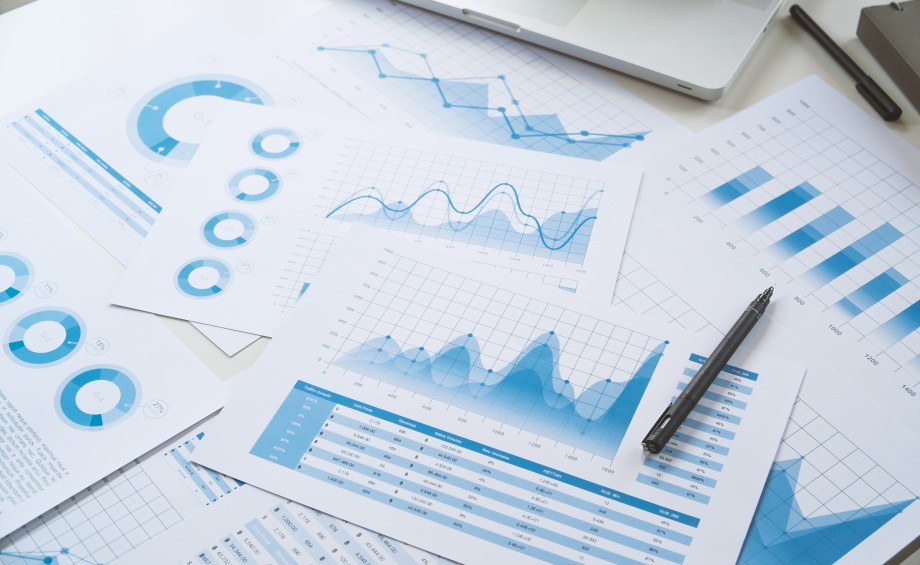
SaRa – Salmon Regulation Assessment
SaRA is a four-year research project (2017 – 2021) from the Norwegian Research Council that will investigate the license system for aquaculture production. The project is led by Tonje Osmundsen at NTNU Social Research with NOFIMA, NORCE, University of Stavanger (Ragnar Tveterås, Sigbjørn Landazuri-Tveteraas) and University of Florida as research partners.
The researchers will look at both the five regular license rounds completed to date, and the licenses for special purposes such as broodstock, exhibition and development licenses. The researchers will study the processes by which these licenses were awarded with focus on the current and recent regulatory changes, such as the green licenses and development licenses, and the implementation of the production area system based on 'traffic-lights'. The functioning of the license system and the use of MTB as a central measurement will be analytically assessed. In addition to case studies, SaRA will conduct economic analysis on an aggregate level to investigate the strength and costs of the current system. This work will allow for policy advice for future improvements of the system.
The project has so far retrieved data on the licenses for special purposes (research, exhibition and development permits), the regular licensing rounds since 2002, as well as the economic conditions related to MTB and production costs. In addition to a series of lectures on preliminary findings, the project team has published several scientific and popular science articles. PhD scholar Fabian Rocha Aponte defended his doctoral dissertation in June 2020. This is available from the website of the University of Stavanger. In his dissertation, Rocha Aponte analyzes the relationship between market organization and public regulation in nature-based industries, with salmon farming as the empirical case. In the remaining months of the project, several articles are in writing, and the project participants are focusing on disseminating results.

A unified framework for regulation of multi-technology salmon aquaculture
This is a four-year research project (2021-2025) from the Norwegian Research Council that will investigate the license system for aquaculture production. The project is led by Ragnar Tveterås at UiS with University of Copenhagen, University of Bergen, NTNU and University of Florida as research partners. Societal partners are BluePlanet/Stiim Aqua Cluster, Sjømat Norge, Bellona and coastal municipalities (NFKK).
Salmon aquaculture is a highly innovative industry, much driven by environmental challenges such as sea lice. Both innovative closed aquaculture farms and offshore farms have emerged recently. The emergence of new production technologies in salmon aquaculture presents society with new challenges in developing new policies that enable sustainable growth in all dimensions – economic, environmental and social. Society simply does not have a policy framework that allow the salmon aquaculture industry to use the right mix of technologies and allow it to use new closed ocean and offshore ocean technologies.
This project aims to provide important insights enabling the creation of an integrated and consistent government regulation framework for the emerging range of aquaculture technologies. The project has participation from salmon industry (BluePlanet/Stiim Aqua Cluster, Sjømat Norge), environmental NGO (Bellona) and coastal municipalities. We combine economics, political science and biology research which will provide new knowledge about the costs and benefits of new technologies, including environmental and social costs and benefits to society. The research will account for environmental, social and economic concerns as expressed in UN’s sustainability goals. We aim to propose new regulations of aquaculture that will give salmon companies strong incentives to reduce environmental impacts and innovate.
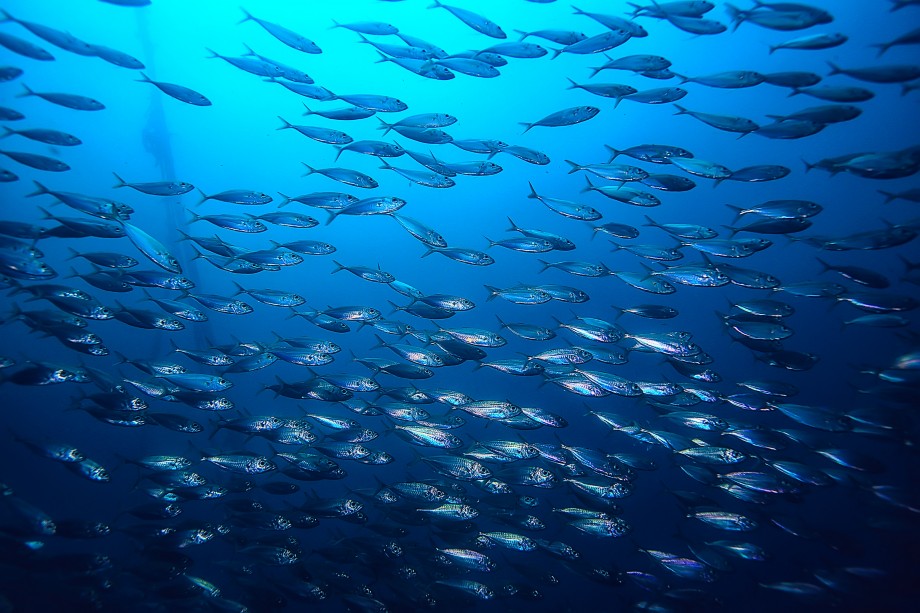
Economics of sustainable aquaculture
Aquaculture is a rapidly growing industry. The main drivers for this growth can be found in stagnating wild fish catches and increasing demand for healthy foods. The industry is also facing some growing pains, such as progressively more conflicts with other users of marine areas, increasing concerns about the environmental impact of aquaculture, as well as the health and well-being of aquaculture species. The industry’s performance on Environmental, Social, and Governance (ESG) criteria are becoming more important among socially conscious investors, and sustainability is already an important driver for company behaviour. A development that is likely to escalate going forward.
Salmon aquaculture in Norway has been a tremendous success since the commercial breakthrough in the early 1970’s. However, since around 2012, the production growth has stagnated due to concerns about the industry’s environmental impact and adverse effects on fish health and survival. At the same time, politicians have high ambitions for future production growth. Reaching these goals will only be possible if the future growth is deemed sustainable by society.
The objective of this project is to apply economic theory to help solve sustainability issues in aquaculture. The aim is to provide society with economic tools to aid in its attempts to strike a balance between positive and negative impacts of aquaculture, and to promote aquaculture practices that are in line with society’s demands for sustainable growth.
Key topics in this project are:
- Valuation of externalities in salmon aquaculture
- Private costs of sea lice infestations
- Private costs of diseases in salmon aquaculture
- The cost-benefit of regulations in salmon aquaculture
- The impact of technological shifts in dealing with externalities in salmon aquaculture”
This is an internal project at UiS being lead by Professor Bård Misund.
Biochemistry and genomics of pathogens in lobster and crayfish

The Molecular parasitology and mitochondrial biochemistry group at UiS studies biochemistry and genomics of several important livestock and fisheries pathogens.
They have focused particularly on crayfish plague and lobster virus.
Low emission offshore aquaculture value chain
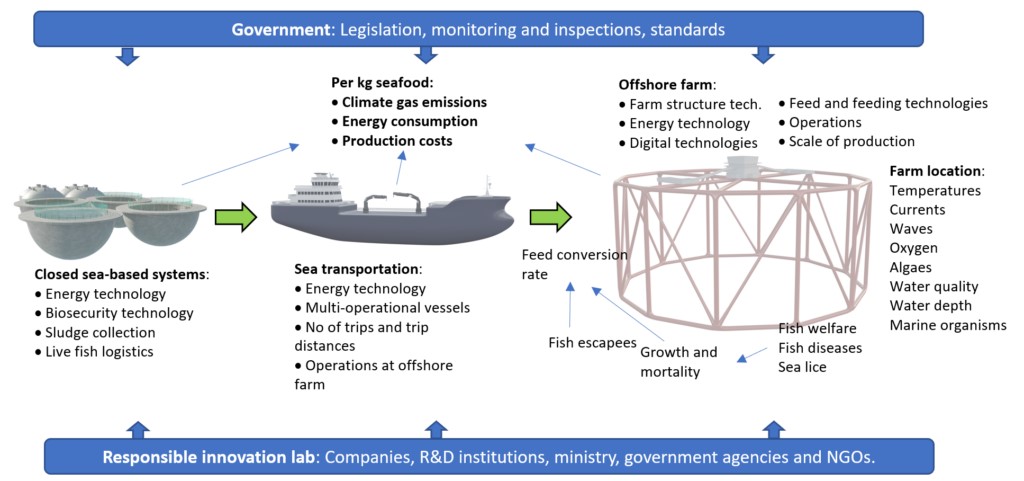
The Green Platform Initiative by the Research Council of Norway provides funding for enterprises and research institutes engaged in green growth and restructuring driven by research and innovation.
In September 2021, the project "Low emission offshore aquaculture value chain" received a commitment of NOK 93 million in support from the government support scheme Grønn Plattform. The project with 18 world-leading aquaculture companies, supplier companies and research institutions originates in the Stiim Aqua Cluster.
Blue Planet AS is the responsible company, and the project leader is Professor Ragnar Tveterås from the University of Stavanger. Muk Chen Ong, Marte Cecilie Wilhelmsen Solheim and Ruth Pincinato from UiS are also taking part in the project.
The project is financed by the Norwegian government through NFR/RCN with a period of three years to a green transition of the industrial sector.
